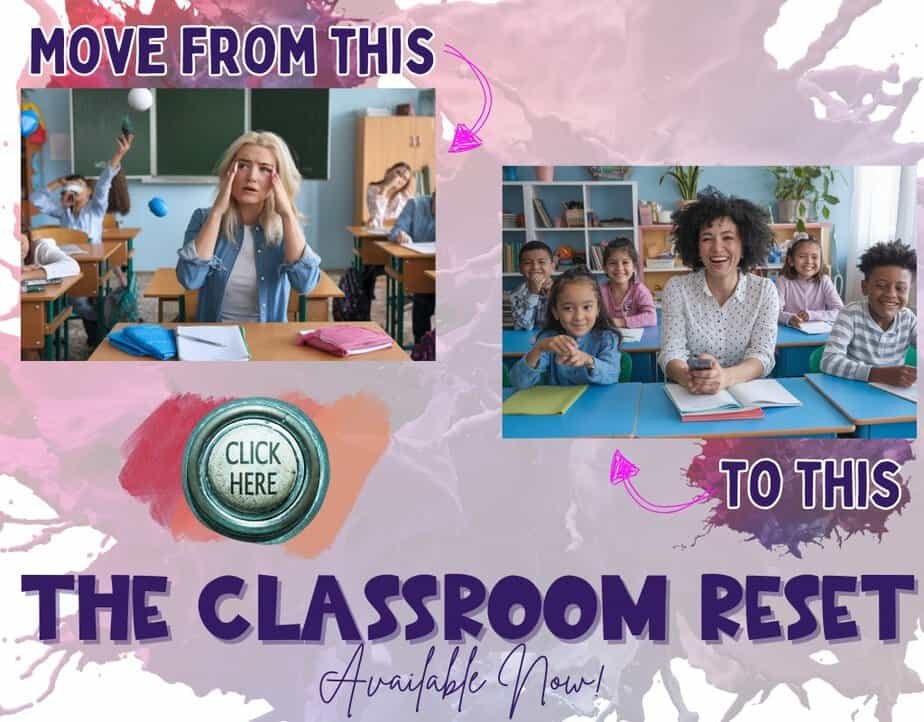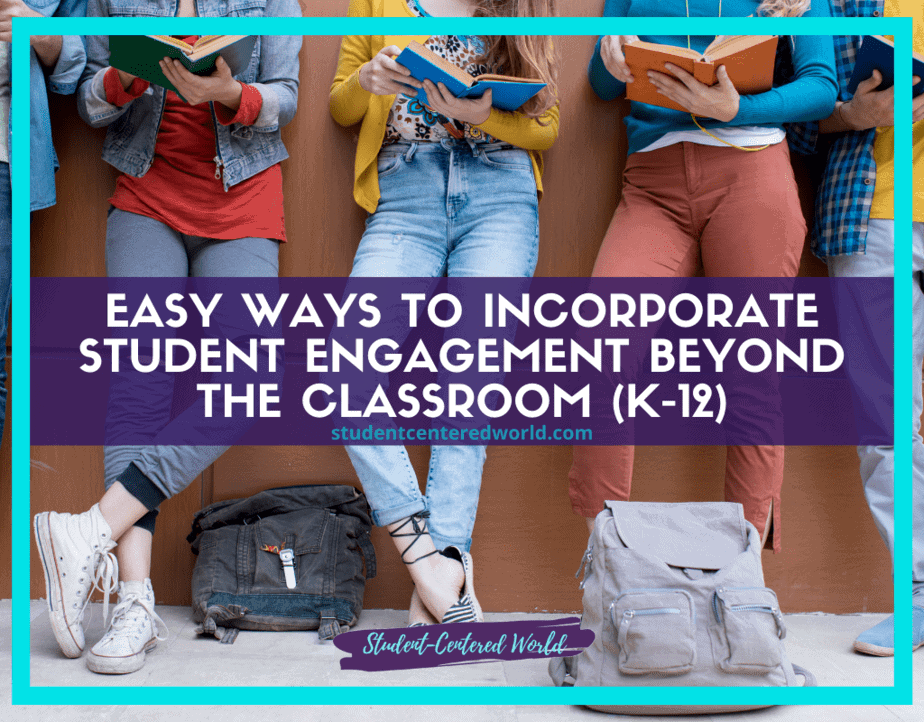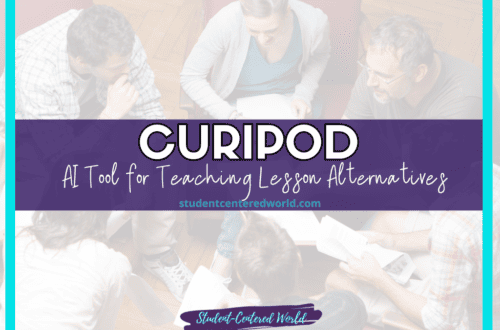Student-Centered Learning Examples for the 21st Century
In recent years, education has undergone significant shifts, moving away from the traditional teacher-centered model toward more dynamic, student-centered approaches. This transformation is driven by the need to prepare students for the complexities of the real world, where critical thinking, communication skills, and the ability to work collaboratively are essential.
Student-centered learning places the student at the center of the learning process, empowering them to take ownership of their learning and engage actively in their education. Let’s explore some student centered learning examples, its benefits, and how it can be implemented effectively in classrooms from primary schools to higher education.
What Is Student-Centered Learning?
Student-centered learning is an instructional approach that prioritizes the needs, interests, and abilities of individual students. Unlike the teacher-centered classroom, where the teacher is the primary source of knowledge and direct instruction dominates, a student-centered learning environment encourages students to take an active role in their learning journey.
This approach fosters deeper understanding, student engagement, and the development of new skills by allowing students to explore subject matter in ways that resonate with their individual needs and interests. By shifting the focus from the teacher to the student, this model empowers learners to take ownership of their education, making it more meaningful and relevant to their lives.
Key characteristics of student-centered learning include:
Student choice and voice: Students have a say in what and how they learn. This could involve choosing topics for research projects, deciding how to present their findings, or even influencing the structure of class time. When students feel their opinions matter, they become more invested in the learning process.
Active learning: Students are active participants rather than passive recipients of information. Instead of simply listening to lectures, they engage in hands-on activities, problem-solving tasks, and collaborative projects. This active process helps them retain information better and develop critical thinking skills.
Collaborative learning: Group work and cooperative learning are emphasized. By working in small groups, students learn to communicate effectively, share ideas, and solve problems together. This not only builds strong relationships but also prepares them for the teamwork required in the real world.
Flexibility: Students learn at their own pace and in different ways. A student-centered classroom recognizes that each learner is unique, with varying strengths, challenges, and preferences. Flexible seating, differentiated instruction, and the use of technology are just a few ways to accommodate these differences.
Real-world connections: Learning experiences are tied to real-world applications. Whether through project-based learning, experiential learning, or problem-based learning, students see how their education relates to life outside the classroom. This connection increases their motivation and helps them understand the relevance of what they are learning.
In addition to these characteristics, student-centered learning often incorporates formative assessments, which provide ongoing feedback and allow teachers to adjust instruction to meet individual needs. It also encourages the use of technology, such as video-based lessons or online research tools, to support personalized learning. By creating a dynamic and inclusive learning environment, student-centered approaches ensure that all students, regardless of their grade level or background, have the opportunity to succeed.
This method not only enhances academic achievement but also nurtures essential life skills, such as self-direction, collaboration, and adaptability, preparing students for the challenges and opportunities of the future.
Student Centered Learning Examples in Action
1. Project-Based Learning (PBL)
Project-based learning is one of the best ways to implement student-centered instruction. In a PBL classroom, students work on long-term projects that require them to solve real-world problems or answer complex questions. For example, a high school science class might design a sustainable city, integrating concepts from environmental science, economics, and engineering.
This approach encourages critical thinking, collaboration, and ownership of their learning.
Benefits:
- Students apply new information to meaningful contexts.
- Group projects foster communication skills and teamwork.
- Students take pride in their own work and learning outcomes.
2. Inquiry-Based Learning
Inquiry-based learning encourages students to ask questions, conduct research, and discover answers independently. For instance, in a history class, students might investigate the causes of a significant historical event by analyzing primary sources and presenting their findings.
This method shifts the teacher’s role from a dispenser of knowledge to a facilitator of learning.
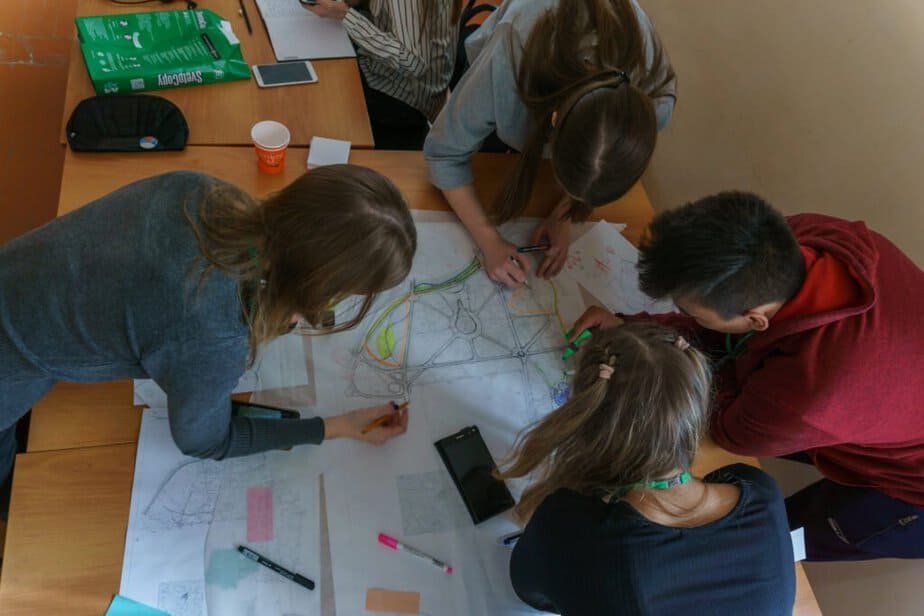
Benefits:
- Students develop research and analytical skills.
- Learning becomes an active process driven by curiosity.
- Students gain a deeper understanding of the subject matter.
3. Problem-Based Learning
Similar to PBL, problem-based learning focuses on solving specific problems. In a medical school setting, students might diagnose a patient case study, applying their knowledge of anatomy and physiology.
This approach is particularly effective in higher education, where students need to tackle the more intimidating parts of academia.
Benefits:
- Students learn to think critically and creatively.
- Real-world scenarios enhance students’ motivation.
- Collaborative learning strengthens relationships among peers.
4. Flexible Seating and Learning Environments
A student-centered classroom often features flexible seating arrangements, allowing students to choose where and how they work. For younger students, this might mean bean bags or standing desks, while older students might prefer quiet corners for independent work or tables for group discussions.
This physical flexibility supports different learning styles and needs.
Benefits:
- Students feel more comfortable and engaged.
- The classroom setting adapts to individual students’ preferences.
- Encourages active participation and collaboration.
5. Student Choice in Assignments
Allowing students to choose their assignments or topics for research projects is a great way to incorporate student voice into the learning process.
For example, in an English class, students might select a novel to read from a curated list, or in a social studies class, they might choose a current event to explore in depth.
Benefits:
- Students are more motivated when they pursue topics of interest.
- Encourages independent work and self-directed learning.
- Builds confidence and ownership of their learning.
6. Experiential Learning
Experiential learning involves hands-on activities that connect classroom learning to the real world.
For instance, a primary school class might plant a garden to learn about biology and ecology, while a high school business class might run a mock company to understand entrepreneurship.
Benefits:
- Students gain practical skills and real-world experience.
- Learning becomes an active, engaging process.
- Fosters a deeper understanding of the subject area.
7. Use of Technology
Incorporating technology into the classroom is a hallmark of student-centered learning. Video-based lessons, online research projects, and educational apps allow students to learn at their own pace and explore new information independently.
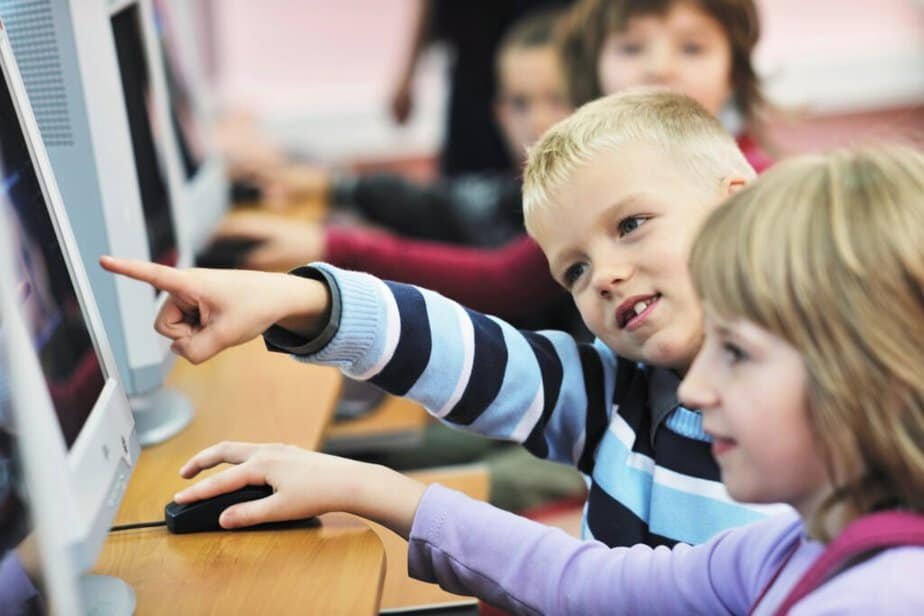
For example, platforms like Khan Academy or Duolingo provide personalized learning experiences tailored to individual needs.
Benefits:
- Technology supports differentiated instruction.
- Students can revisit challenging material as needed.
- Prepares students for the digital demands of the 21st century.
8. Collaborative Learning and Small Groups
Group work and small group activities are central to student-centered approaches. In a math class, students might work in small groups to solve complex problems, explaining their reasoning to one another.
This cooperative learning model encourages peer-to-peer teaching and strengthens communication skills.
Benefits:
- Students learn from each other’s perspectives.
- Builds strong relationships and teamwork skills.
- Encourages active participation and engagement.
9. Formative Assessments and Feedback
In a student-centered classroom, formative assessments are used to guide instruction and provide ongoing feedback.
For example, teachers might use exit tickets, peer reviews, or self-assessments to gauge student understanding and adjust lessons accordingly.
Benefits:
- Helps teachers address individual needs and provide extra support.
- Encourages students to reflect on their own learning.
- Creates a more responsive and adaptive learning environment.
10. Universal Design for Learning (UDL)
UDL is a framework that ensures all students, including those with special needs, can access and engage with the curriculum.
For example, a lesson might include multiple means of representation (e.g., text, audio, video), expression (e.g., writing, speaking, drawing), and engagement (e.g., choice, collaboration).
Benefits:
- Supports diverse learners and learning styles.
- Promotes inclusivity and equity in the classroom.
- Encourages student success for all.
Benefits of Student-Centered Learning
The shift from a teacher-centered model to a student-centered learning environment offers numerous benefits:
Increased student engagement: Students are more motivated when they have a say in their learning. By incorporating student choice and voice, educators can tap into students’ interests, making the learning experience more relevant and exciting. For example, allowing students to choose topics for research projects or decide how to present their findings can significantly boost their enthusiasm and commitment to the task.
Deeper understanding: Active learning and real-world connections foster critical thinking and problem-solving skills. When students engage in hands-on activities, collaborative projects, or inquiry-based learning, they move beyond memorization to apply knowledge in meaningful ways. This approach helps them develop a deeper understanding of the subject matter and retain information longer.
Improved communication and collaboration: Group projects and cooperative learning build essential social skills. In a student-centered classroom, students frequently work in small groups, discussing ideas, solving problems, and presenting their findings. These interactions not only enhance their communication skills but also teach them how to work effectively as part of a team—a crucial skill for the real world.
Personalized learning: Students learn at their own pace and in ways that suit their individual needs. In a student-centered environment, teachers use formative assessments, flexible seating, and differentiated instruction to cater to diverse learning styles. This ensures that all students, including those with special needs or those who require extra support, can thrive.
Preparation for the future: Student-centered approaches equip students with the skills needed for higher education and the workforce. By emphasizing critical thinking, collaboration, and self-directed learning, these methods prepare students to navigate the complexities of the 21st century. Whether they’re tackling research projects, participating in experiential learning, or using technology to explore new information, students gain the tools they need to succeed beyond the classroom.
In addition to these benefits, student-centered learning fosters a sense of ownership and responsibility in students. When they are active participants in their education, they develop confidence in their abilities and a lifelong love of learning. This approach also creates a more inclusive and equitable school environment, where every student has the opportunity to succeed, regardless of their background or learning style. By embracing student-centered strategies, educators can create a dynamic and engaging learning experience that prepares students not just for academic success, but for life.
Challenges and Best Practices
While student-centered learning offers many advantages, it also presents challenges. Teachers may find it difficult to manage a classroom where students are working at different paces or on different tasks. Additionally, some students may struggle with the independence required in a student-centered environment.
Best practices for overcoming these challenges:
- Provide clear guidelines and expectations for student-centered activities.
- Use formative assessments to monitor progress and provide extra support.
- Gradually shift from a more traditional approach to student-centered instruction.
- Foster strong relationships with students to understand their individual needs and interests.
Conclusion
Student-centered learning is not just a trend; it’s a necessary evolution in education. By placing students at the center of the learning process, we empower them to take ownership of their learning, develop critical thinking skills, and prepare for the real world. From project-based learning and inquiry-based approaches to flexible seating and the use of technology, there are countless ways to create a student-centered classroom.
As educators, our role is to guide and support students on their learning journey, helping them become active participants in their education and lifelong learners.
By embracing student-centered learning strategies, we can create a school environment that nurtures student success, fosters engagement, and prepares students for the challenges and opportunities of the 21st century. Whether in primary schools, high schools, or higher education, the benefits of student-centered learning are clear: it transforms education into an active, meaningful, and empowering experience for all.




